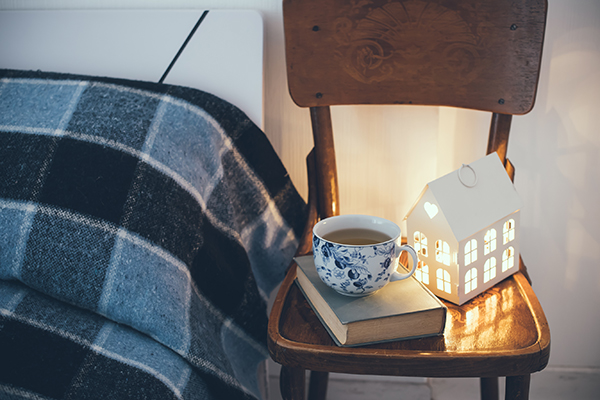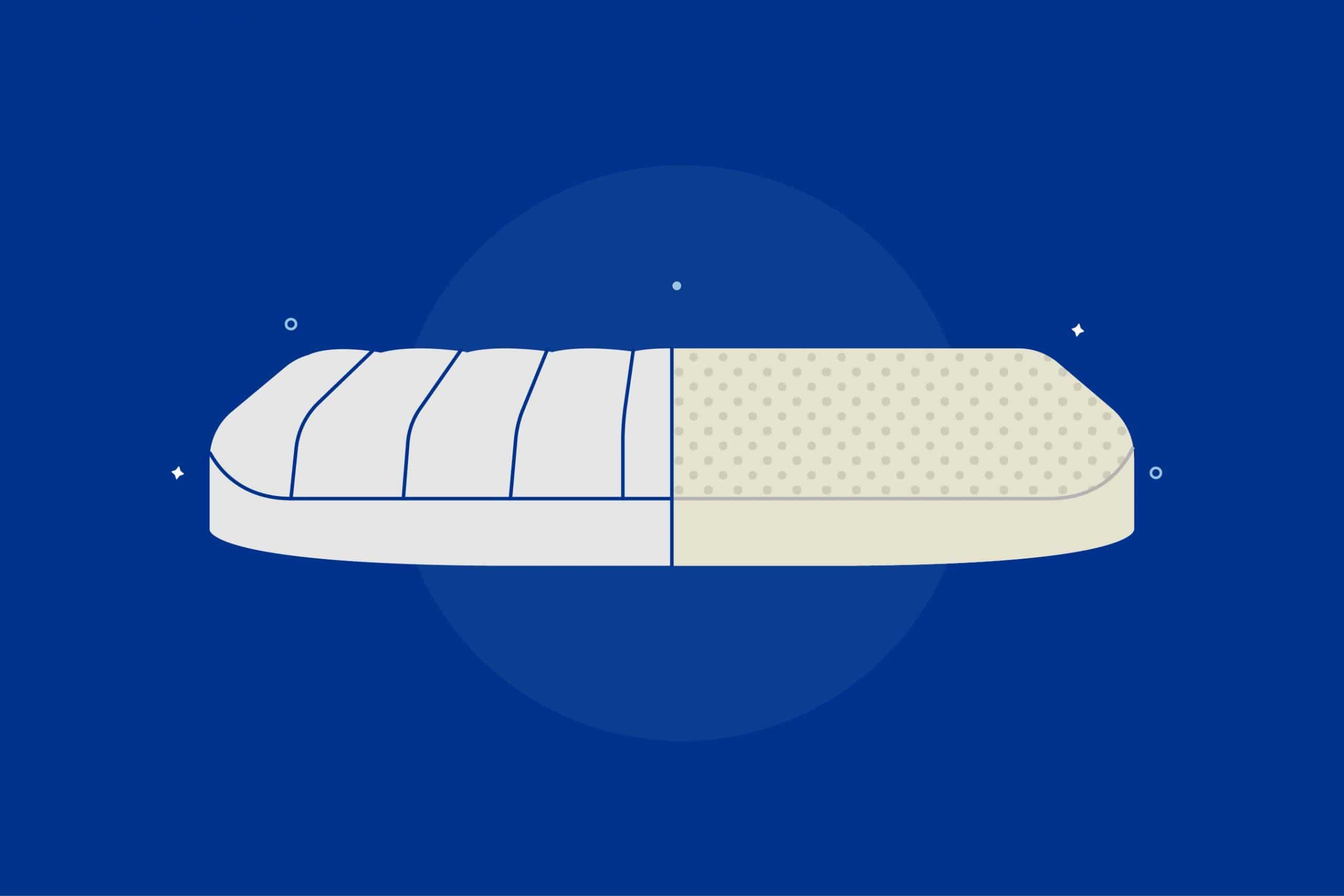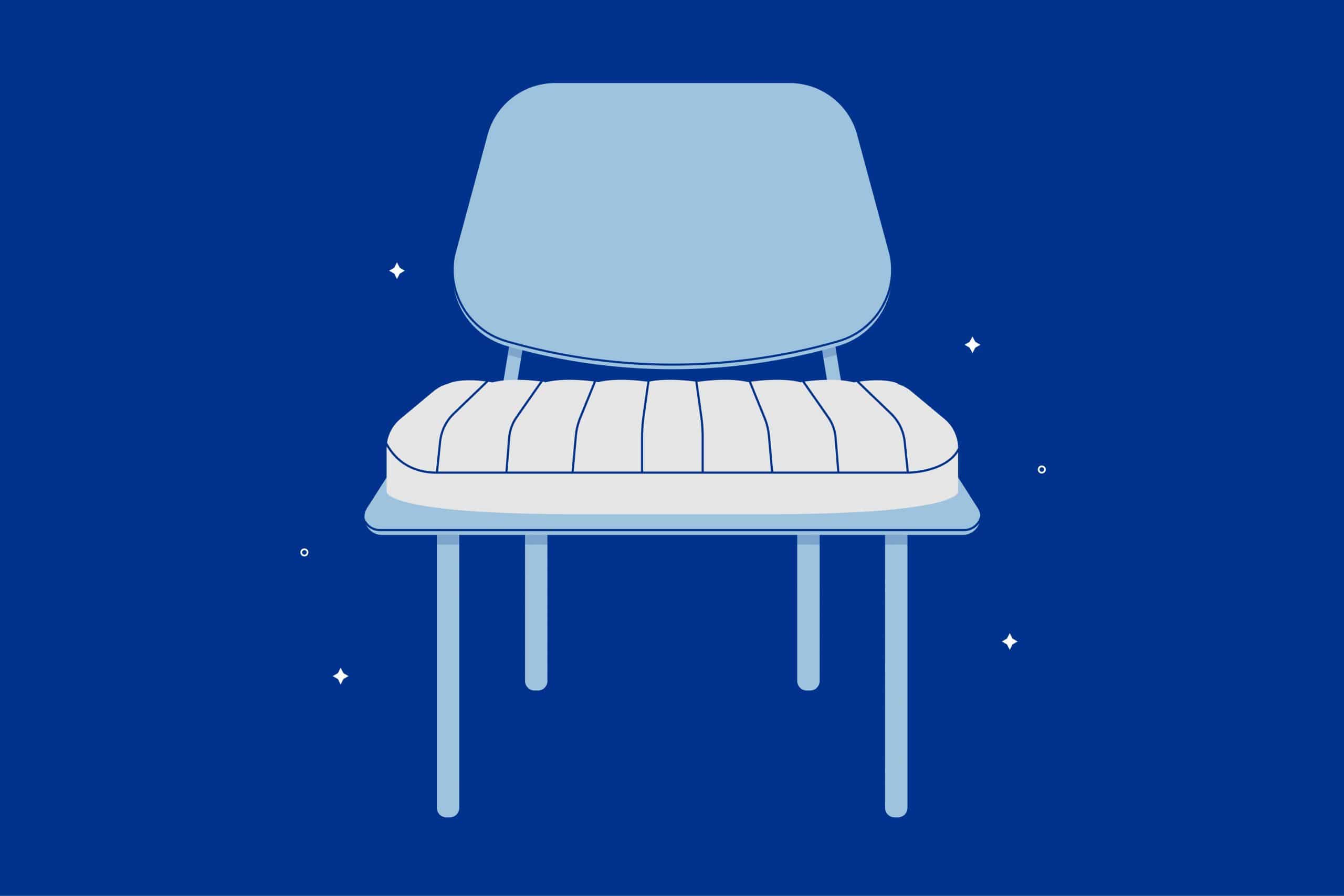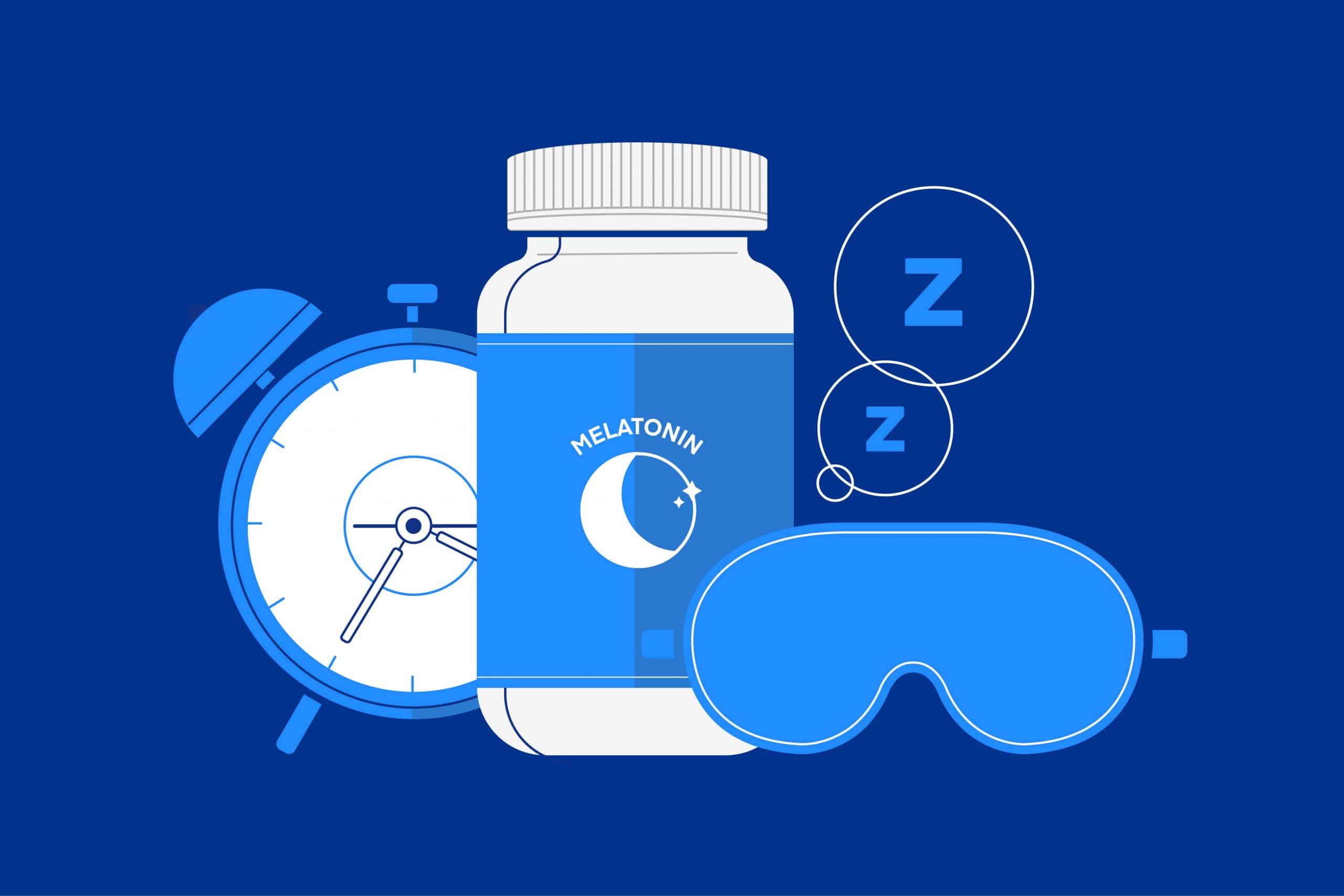Natural light exposure doesn’t just have a major impact on your sleep. According to some experts, it’s essential for your overall health.
Ken Ceder is a researcher who has studied the biological benefits of light for nearly three decades. He’s also the Executive Director of Science of Light, a nonprofit organization focused on biologically beneficial light for wellness and disease prevention.
We chatted with him to learn more about the incredible ways that light can influence how we feel—both physically and mentally—on a daily basis. What he told us was downright illuminating (sorry!).
Marygrace: Many people are familiar with the relationship between natural light exposure and sleep. But how else is light important for our health and wellbeing?
Ken Ceder:Light impacts brain chemistry, and regulates the body’s internal biological clock that controls appetite, energy, mood, sleep, libido and other functions. All humans are synchronized to the rhythmic light-dark changes that occur on a daily basis.
These rhythms in physiological and biochemical processes and behavioral patterns persist in the absence of all external 24-hour signals from the physical environment, with a period that is close to 24 hours. They are referred to as ‘circadian’, from the Latin ‘circa diem’ (‘about a day’), and are attributable to internal biological clocks, driven by a major circadian pacemaker in the brain. The circadian pacemaker is entrained each day to the 24-hour solar cycle, which is the major ´zeitgeber´ (literally time-giver). Other zeitgebers are food intake, activity, or social cues, like the alarm clock.
Good temporal entrainment allows for optimal performance at the right time of the day, because being able to anticipate future tasks allows the appropriate physiological and psychological preparation.
But failure to adapt to environmental and societal time cues (being out of rhythm with nature) leads to misalignment of internal biological clocks. This disentrainment comes with enhanced risk of errors and accidents, loss of productivity, and health risks such as increased propensity for cancer, depression, sleep disturbances, gastrointestinal, metabolic and cardiovascular disorders, decreased immune responses and even shorter life span.
MG: Science of Light works to raise awareness about mal-illumination. What is this condition, and what are its effects?

Ken: Since the beginning of human history people have lived, worked and played outdoors during the light of day, absorbing the full spectrum of light energy photons from the sky. An average of 10 hours each day (70 hours weekly), was common for eons.
But in less than two hundred years, millions of people have unwittingly become “contemporary cave dwellers” living and working indoors. The full spectrum of sunlight energy, that our genes are programmed to respond to, is essential for the development, growth, and maintenance of not only a healthy body, but critical for a healthy mind as well.
Mal-illumination is a term coined by the late Dr. John Ott, the father of ‘full-spectrum light’ technology. Mal-illumination is brought about by limiting our daily intake of the full-spectrum of daylight and supplementing it with too much artificial limited-spectrum indoor light, especially at night. It also occurs by shielding ourselves from the sun with tinted windows, windshields, sunglasses and suntan lotions.
Like malnutrition, mal-illumination causes deficiencies by depriving us of the sun’s vital energetic wavelengths, which enter the body through the eyes and skin. Fact is, humans are photobiotic ‘solar beings,’ and all of us are absolutely dependent on the absorption of radiant, solar energy.
Every metabolic process, every enzyme reaction, muscular movements, the digestion of food and the burning of fat are all biological processes that are augmented by sunlight energy. A reduction of ‘natural light energy’ causes a slowdown in these processes that leads to decreased metabolism, reduced burning of fat, reduced vitality and compromised immunity.
MG: How much light exposure do people need for optimal health and wellbeing?
Ken: For optimum wellbeing, the timing of light exposure is equally as important as the amount of light. Early morning light is essential to synchronize circadian rhythms. Morning light stops the flow of melatonin and triggers the flow of serotonin, the ‘wake-up’ feel good hormone.
Most people will benefit from a minimum of 30-60 minutes of morning sunlight or balanced, full-spectrum light to start the day. Regarding exposure beyond morning light, a general rule of thumb when indoors is to use full-spectrum lights when the sun is up and dim lights after the sun sets. Conversely, avoid using computers, cell phones and electronic devices that emit blue light at least an hour before bed time to reduce melatonin disruption.

Ideally, bedrooms should be totally dark, and use only red colored nightlights when required. The color red does not interfere with melatonin production.
MG: How can people get the natural light they need, especially if they’re stuck inside of an office for much of the day?
Ken: Obviously, being close to a window is recommended. Additionally, full-spectrum light bulbs and tubes are essential for optimizing wellness in the indoor environment. The newer light emitting diode (LED) technology is preferred to hazardous, inefficient fluorescent lights.
MG: Are there ways to get more light exposure beyond simply spending time outdoors or being near a window?
Ken: Yes. Old style light boxes, as well as more contemporary light therapy devices like table and floor designs that supplement natural light, can be very beneficial. However, the quality of the light source should be considered for maximum efficacy. Balanced, full-spectrum light with a high color rendition index (CRI) and a color temperature (K) close to noon-time sun at 5650 K (Kelvin degrees) is the preferred choice for energy, alertness and maximum visual sharpness throughout the day.
MG: In the future, how might light be used to treat or prevent health conditions and promote wellness?
Ken: Actually, the future has arrived to some degree. ‘Human Centric Light’ (effects of light on humans) is a new term being used in the lighting industry.
Airlines, for instance are starting to install ‘tuned’ (colored and variable white color temperatures) controlled LED light environments in airplane cabins. The lighting is synced for circadian rhythm adjustment to the flight’s destination to reduce jet lag and stress.
Researchers are examining lighting variables of color temperature and illumination for their effects on sleep, mood, concentration, and work and school performance. Science is also exploring lighting for aging vision and various health conditions from depression to pain management, especially in senior care facilities and hospitals.
About the author
Marygrace Taylor is a health and wellness writer based in Philadelphia. She’s covered healthy sleep and sleep hygiene for Amerisleep and other outlets since 2014. She also writes about diet and nutrition, women’s health, and fitness for outlets like Healthline, Men’s Health, and Prevention.
View all posts





